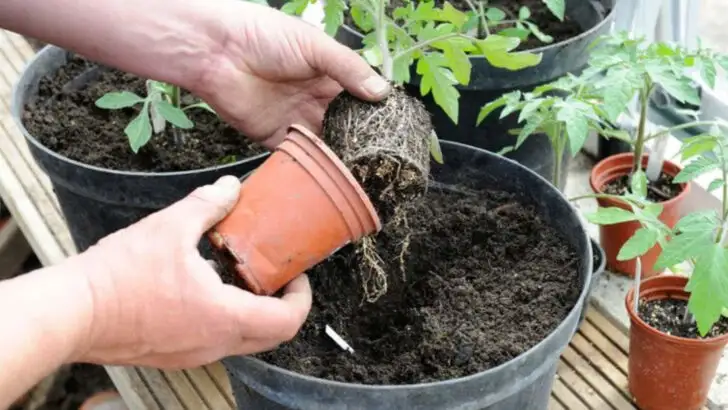It’s time to debunk some of the most common gardening myths that just won’t die. From old wives’ tales passed down through generations to well-meaning advice from social media, a surprising amount of what we “know” about plants is flat-out wrong—or at least very outdated. These myths can lead to wasted time, frustrated efforts, and even unhealthy gardens.
Meanwhile, the real gardening truths—the ones that seasoned growers and botanists swear by—are often the exact opposite of what most people believe. Think you need to water daily? Think again. Believe eggshells fix everything? Not so fast. Once you learn what really works, you’ll start seeing faster growth, stronger blooms, and way fewer headaches.
In this guide, we’re busting 9 myths that almost every gardener falls for, followed by 8 surprising truths that might just change the way you treat your plants forever. Whether you’re new to gardening or just ready to upgrade your green thumb, these tips will help you skip the fluff and grow smarter.
Myth 1: Talking to Plants Makes Them Grow Better
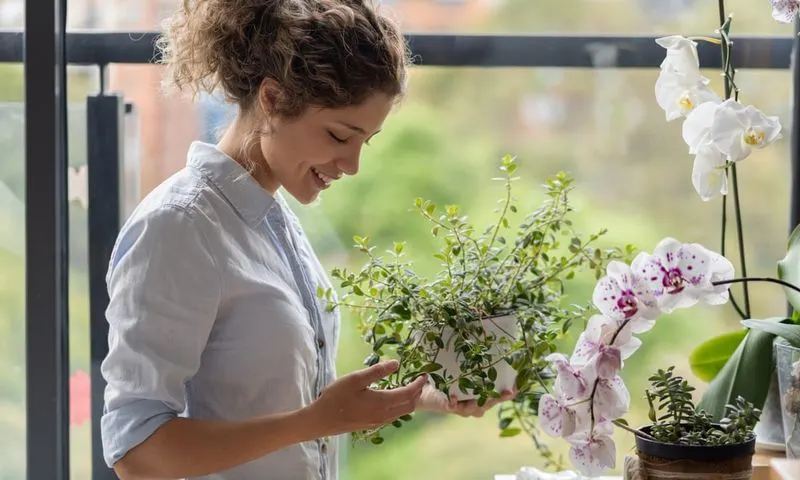
Ever caught talking to your plants? You’re not alone. Many gardeners believe that chatting to plants encourages growth. While it’s a charming practice, there’s no scientific evidence that plants can hear. However, the act may improve the gardener’s mood, indirectly benefiting plant care through increased attention. The theory may stem from the idea that carbon dioxide from human breath could aid photosynthesis, but it’s not significant enough to impact growth. In essence, if talking to plants brings joy, it’s worth continuing for personal satisfaction.
Myth 2: Epsom Salt is a Miracle Cure-All
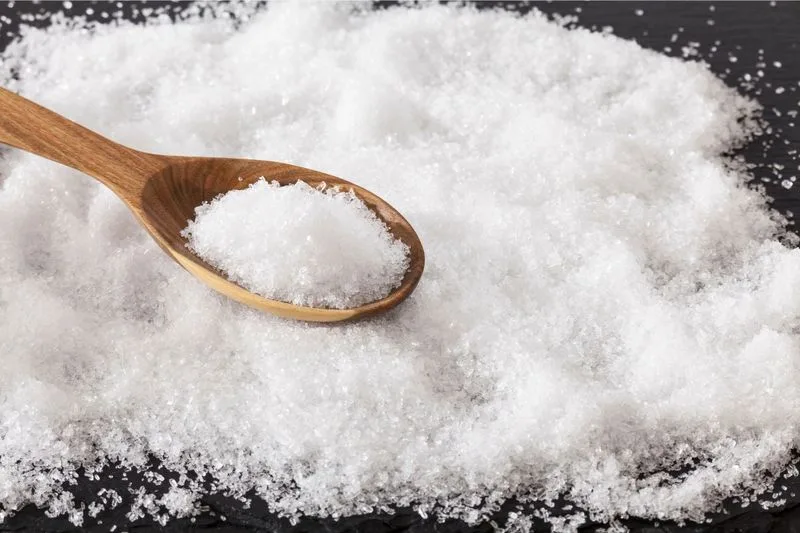
Epsom salt often hailed as a plant tonic, is believed to boost growth and overall health. The reality? It’s not a universal remedy. Epsom salt mainly provides magnesium and sulfate, which certain plants require. However, overuse can disrupt soil balance and harm plants. Testing soil before application is vital to ensure magnesium deficiency exists. For most garden soils, regular composting and organic fertilizers provide essential nutrients without risk. Trust your soil’s needs, not one-size-fits-all solutions.
Myth 3: Watering in the Sun Burns Leaves
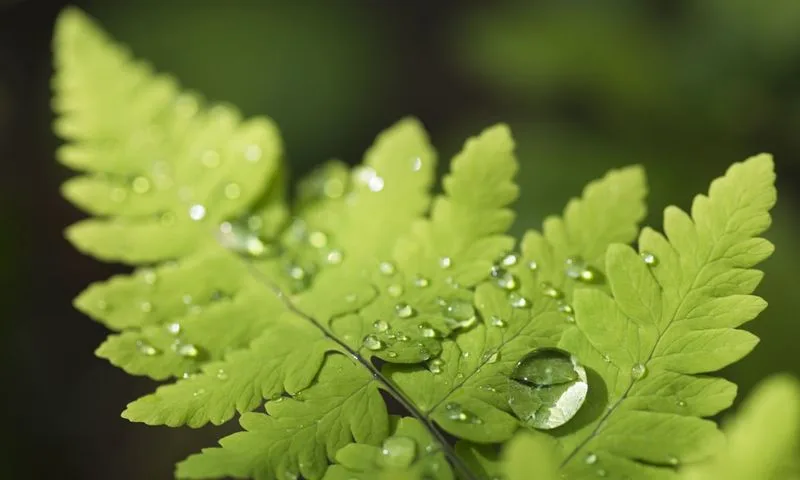
Many believe watering under the sun scorches leaves. The myth suggests droplets act as magnifying glasses, intensifying sunlight. Science disproves this; leaves don’t burn from sunlight through water droplets. However, midday watering can lead to water evaporation, reducing its effectiveness. It’s best to water plants in the early morning or late afternoon, ensuring roots receive adequate moisture. By focusing on the time of day rather than sunlight exposure, gardeners can maintain healthy plant hydration.
Myth 4: Organic Pesticides Are Completely Safe
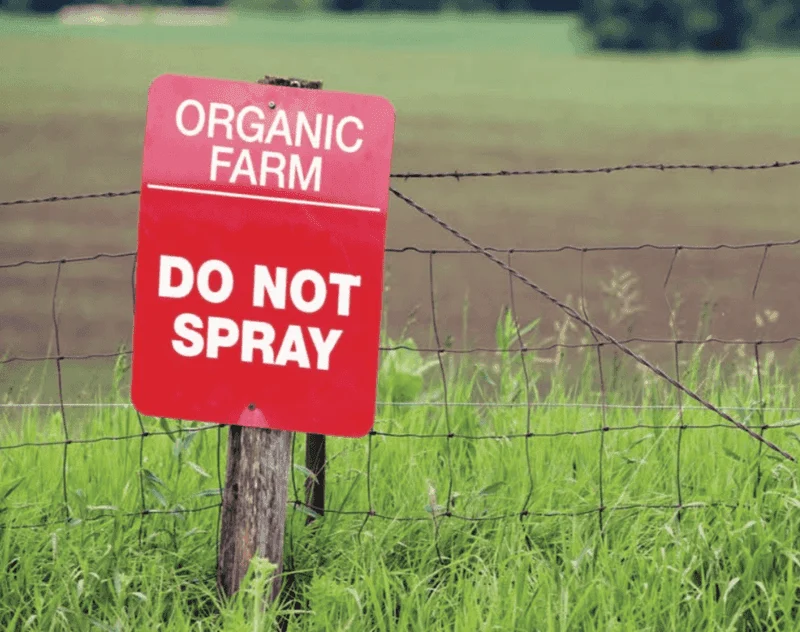
The word ‘organic’ might suggest safety, but organic pesticides aren’t entirely harmless. While derived from natural sources, they can still affect beneficial insects or non-target plants. The key is using them judiciously and understanding their potential impacts. Always read labels and follow guidelines to minimize risks. Organic gardening practices, like crop rotation and companion planting, can help reduce pest problems without reliance on chemicals. Balance is crucial in maintaining an eco-friendly garden.
Myth 5: Compost Tea is a Fertilizer
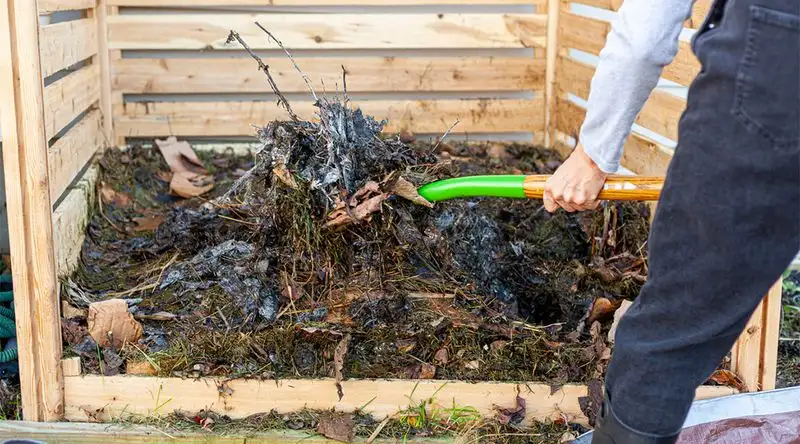
Compost tea, touted as a garden elixir, promises to enrich soil and combat diseases. It’s made by steeping compost in water, sometimes aerated for beneficial microbes. However, its effectiveness as a fertilizer is debated. The nutrient content varies, often offering minimal direct benefits compared to solid compost. Compost tea’s strength lies in promoting microbial activity, potentially enhancing soil health over time. For immediate nutrient needs, traditional fertilizers might be more effective. Consider compost tea as one tool in a gardener’s arsenal.
Myth 6: More Fertilizer Equals Better Growth
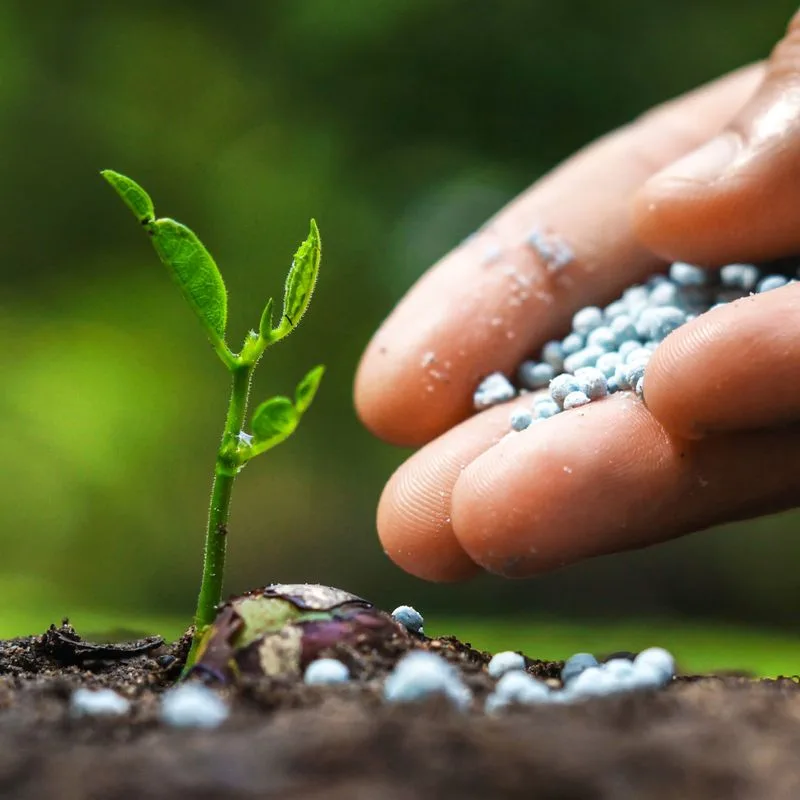
The belief in ‘more is better’ often misguides gardeners. Excessive fertilizer can harm plants, causing nutrient imbalances and soil contamination. Each plant type has specific nutrient requirements, necessitating careful measurement and application. Over-fertilization leads to lush foliage with poor root development, making plants vulnerable to stress. Regular soil testing helps determine precise needs, ensuring balanced nourishment. Adopting a ‘less is more’ approach often results in healthier growth, proving moderation is key in gardening.
Myth 7: All Insects Are Bad for Your Garden
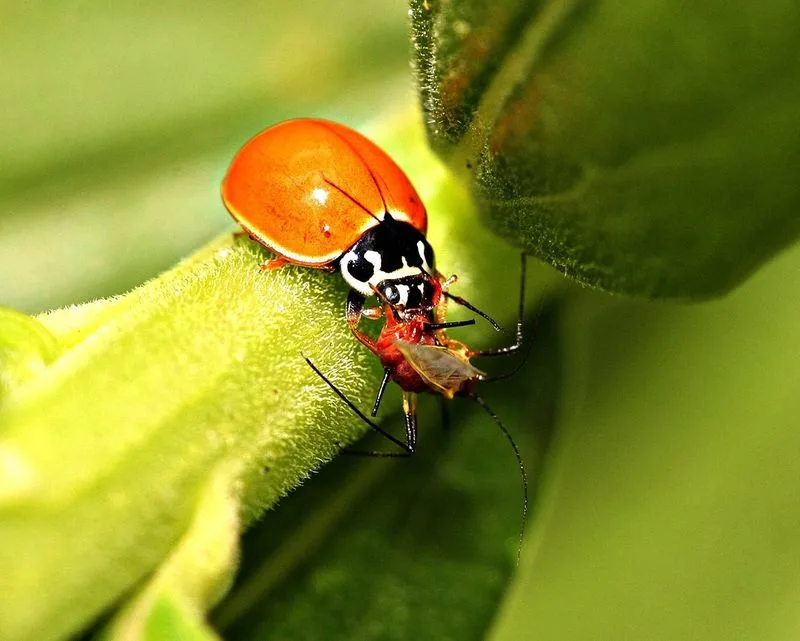
Insects often get a bad rap in gardening. Though some can indeed harm plants, many play crucial roles in pollination and pest control. Ladybugs, bees, and certain beetles are beneficial, promoting a healthy ecosystem. Encouraging these allies through diverse planting and avoiding harmful chemicals can lead to thriving gardens. Understanding the difference between pest and helper allows gardeners to manage insect populations wisely, fostering a balanced environment. Insects, when welcomed, contribute significantly to garden vitality.
Myth 8: Bigger Pots Mean Bigger Plants
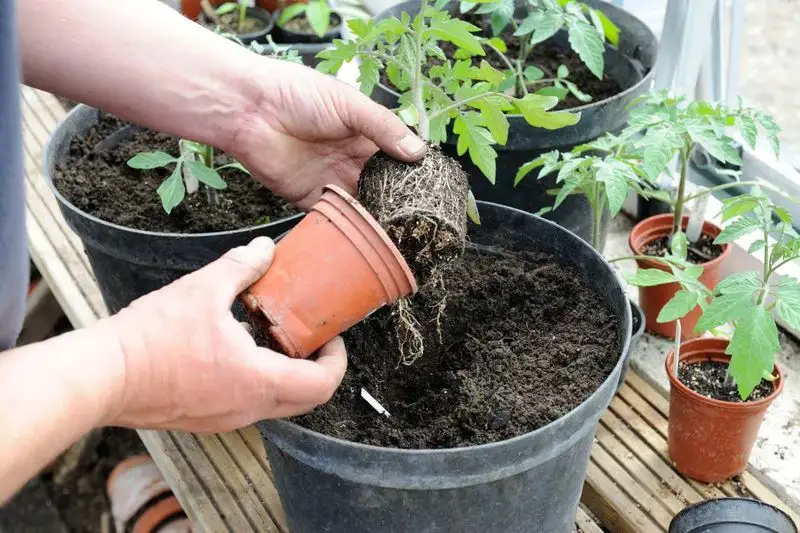
A common misconception is that a larger pot automatically translates to a bigger plant. In truth, excessive space can hinder growth. Plants adapt their root systems to available space, often leading to underdeveloped roots in oversized containers. Properly matching pot size to plant needs ensures stability and healthy development. Providing ample drainage and nutrients is equally critical. By choosing the right size pot, gardeners can enhance plant vitality and avoid issues like root rot. Balance is key to successful container gardening.
Myth 9: Pruning Hurts Plants
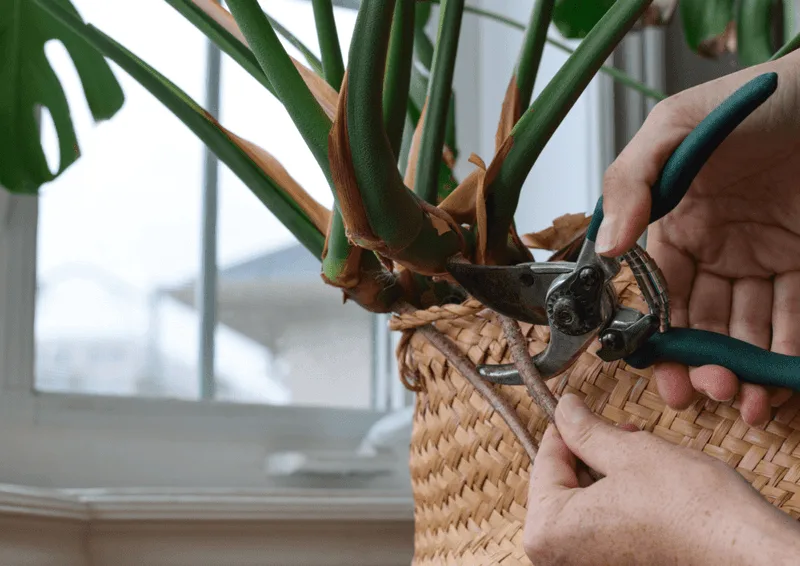
Pruning might seem aggressive, yet it’s a vital gardening practice. Proper pruning encourages healthy growth by removing dead or diseased branches. It stimulates new growth and can enhance flowering and fruiting. Far from harmful, pruning when done correctly supports plant structure and vigor. Timing and technique are essential; different plants require specific methods. Embracing pruning as a beneficial tool rather than a harmful act empowers gardeners to cultivate thriving landscapes, revealing the art behind the practice.
Truth 1: Companion Planting Can Improve Yield
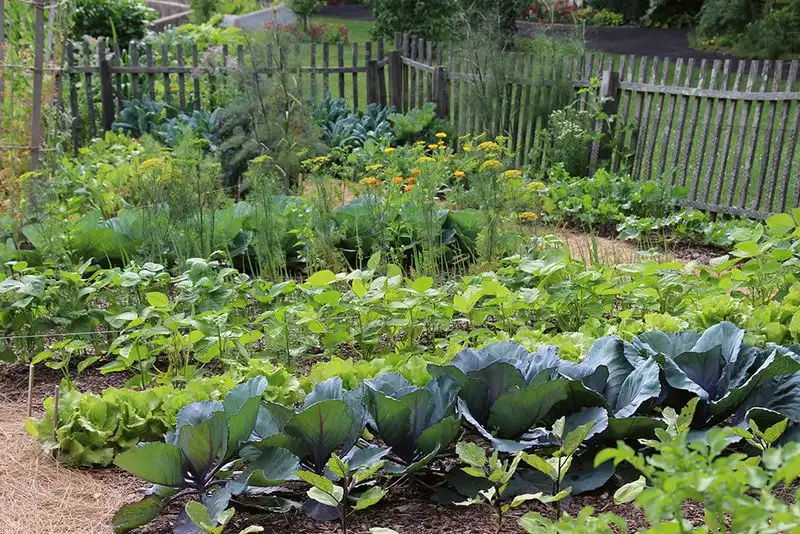
Companion planting isn’t just folklore; it’s a proven way to enhance plant health and productivity. By strategically placing certain plants together, gardeners can naturally repel pests, attract beneficial insects, and boost nutrient uptake. For example, basil with tomatoes can deter harmful insects, while beans enrich the soil for corn. This symbiotic relationship not only improves yield but also reduces the need for chemical interventions. Understanding plant partnerships offers a natural path to bountiful harvests and a harmonious garden environment.
Truth 2: Mulching Conserves Water and Suppresses Weeds
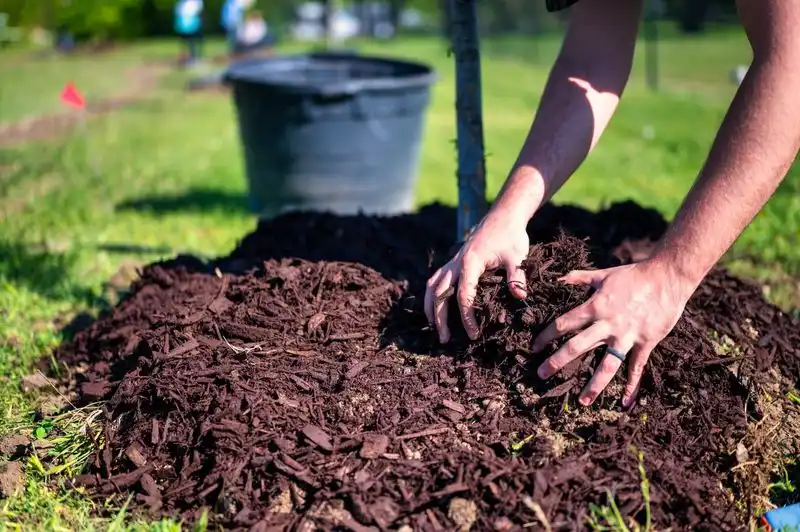
Mulching is more than a decorative touch; it’s an essential practice for water conservation and weed control. By covering soil with organic materials, moisture retention is enhanced, reducing the need for frequent watering. Mulch also acts as a barrier against weeds, limiting their growth and competing for nutrients. Over time, as mulch breaks down, it adds valuable organic matter to the soil. This simple yet effective technique fosters a healthier garden with minimal effort, emphasizing sustainability and resource efficiency.
Truth 3: Native Plants Require Less Maintenance
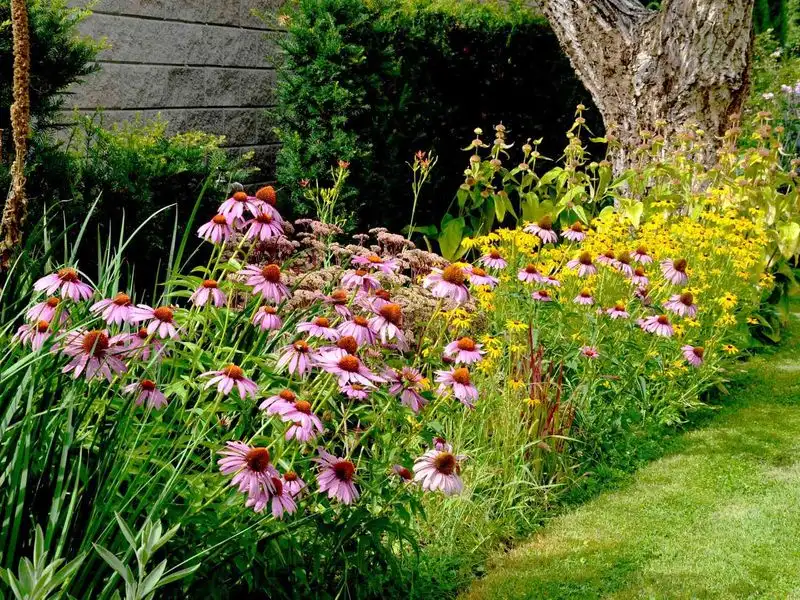
Native plants are adapted to local climates and soils, making them a low-maintenance choice for gardeners. Once established, they often require less water and fertilizer, thriving with minimal intervention. By choosing native species, gardeners can support local ecosystems and attract beneficial wildlife. These plants are typically more resistant to local pests and diseases, reducing the need for chemical treatments. Embracing native plants not only simplifies gardening tasks but also contributes to biodiversity and environmental health.
Truth 4: Composting Can Transform Waste into Valuable Soil
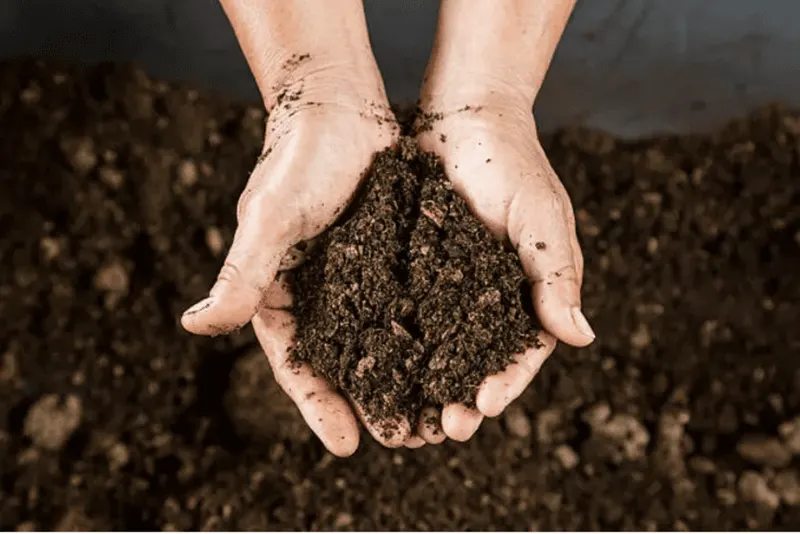
Composting turns kitchen scraps and yard waste into nutrient-rich soil, benefiting both the garden and the planet. This natural recycling process reduces landfill waste while enhancing soil fertility and structure. Composting is accessible to any gardener, with various methods to suit different spaces and needs. The resulting compost enriches garden beds, promoting robust plant growth and reducing reliance on synthetic fertilizers. By harnessing the power of decomposition, gardeners can contribute to a sustainable cycle of growth and renewal.
Truth 5: Season Extension Techniques Allow for Year-Round Gardening
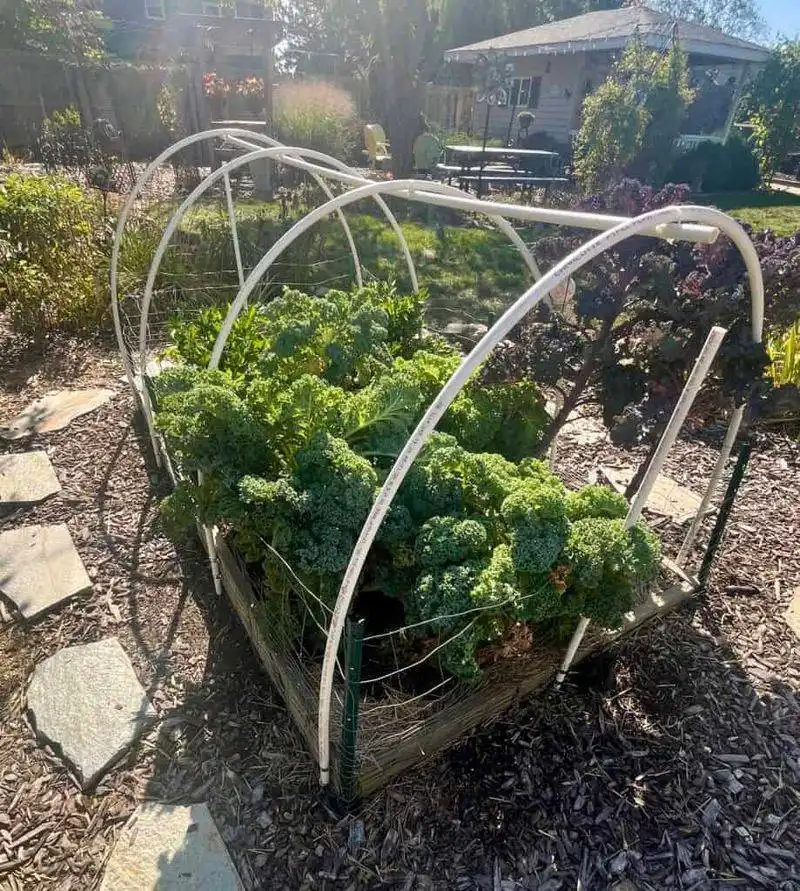
Season extension techniques enable gardeners to enjoy fresh produce beyond traditional growing periods. By using methods like greenhouses, cold frames, and row covers, plants can thrive despite harsh weather. These techniques offer protection from frost and wind, creating microclimates that extend the growing season. Gardeners can harvest leafy greens, root vegetables, and more throughout the year, maximizing output and enjoyment. Embracing these innovations allows for a continuous supply of home-grown goodness, no matter the season.
Truth 6: Drip Irrigation Systems Maximize Water Efficiency
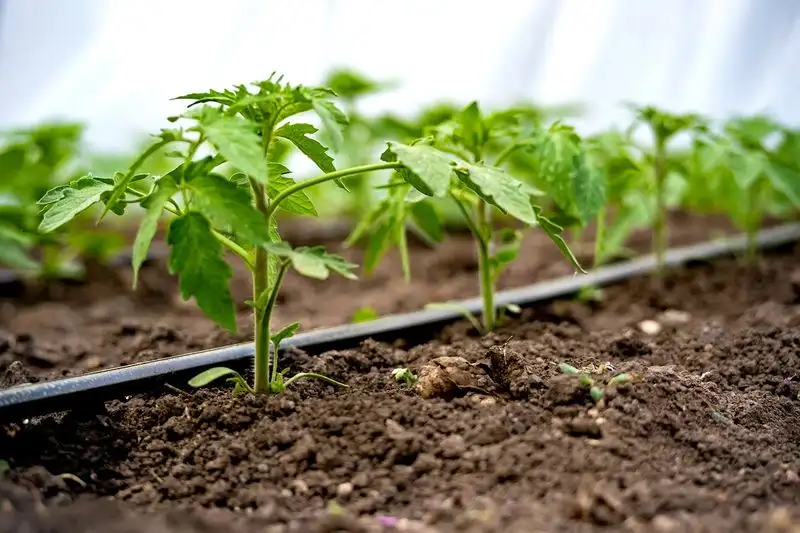
Drip irrigation delivers water directly to plant roots, minimizing evaporation and runoff. This method conserves water while ensuring optimal moisture levels for plant health. It’s particularly useful in arid regions and for conserving water resources. Drip systems can be customized for various garden layouts, making them versatile and efficient. By adopting this technique, gardeners can reduce water bills and promote sustainable practices without sacrificing plant vitality. Precision watering fosters a thriving garden environment and responsible resource use.
Truth 7: Crop Rotation Prevents Soil Depletion
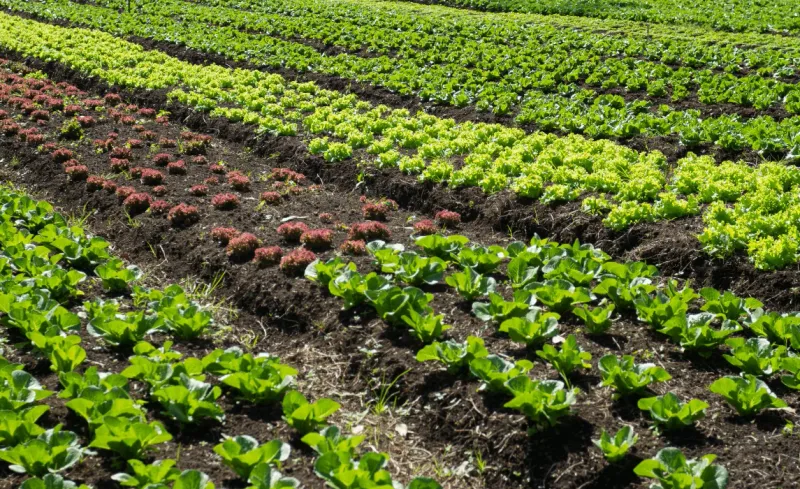
Crop rotation is a time-tested strategy to maintain soil health and fertility. By changing crop families each season, gardeners prevent nutrient depletion and disrupt pest and disease cycles. This practice enhances soil structure and biodiversity, leading to more resilient plants. Crop rotation encourages organic matter retention and reduces the need for chemical fertilizers. By planning diverse plantings, gardeners can achieve sustainable yields and vibrant growth year after year. It’s a simple yet impactful technique for long-term garden success.
Truth 8: Healthy Soil is the Foundation of a Thriving Garden
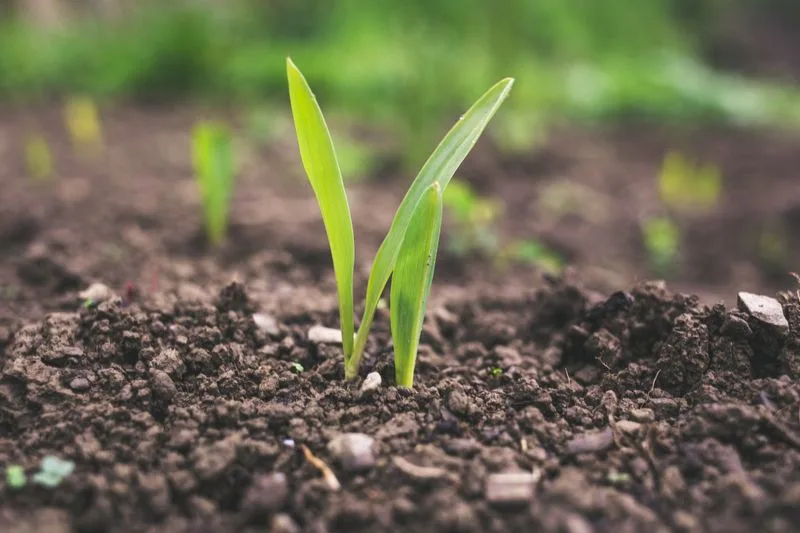
Healthy soil forms the cornerstone of a successful garden. Rich in organic matter, it supports plant growth by providing essential nutrients and improving water retention. Soil health can be nurtured through practices like composting, cover cropping, and reduced tillage. By focusing on soil quality, gardeners lay the groundwork for robust plants and abundant harvests. Maintaining balanced soil ecosystems minimizes the need for chemical interventions, fostering a natural and flourishing environment. Prioritizing soil health leads to long-lasting garden vitality.

